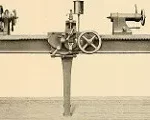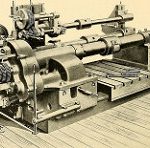
What Price Providing MTBF?
What good is your service if your livelihood consists of providing MTBF upon request?
Sure, you earn some money, yet did the customer receive value in the transaction? As you know, or should know, MTBF is so commonly misunderstood that the customer is likely to be confused about what they want, reliability or MTBF. Providing them with MTBF does not answer their question.
Worse, the customer thinks they got something of value and blithely heads off with rather meaningless information.
My contention is to provide MTBF because the customer’s request is wrong. We know better. Those performing predictions, doing data analysis, and other reliability engineering work know that MTBF is a faulty and rather meaningless metric often confused with reliability, R(t). (probability of success over a duration). [Read more…]













